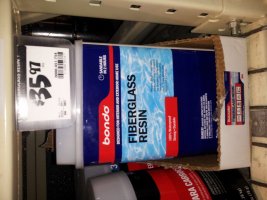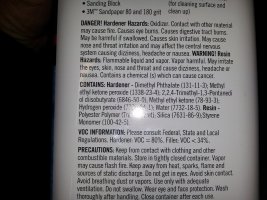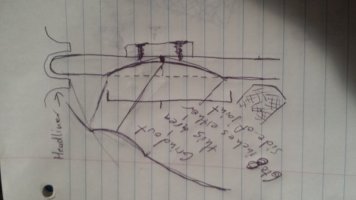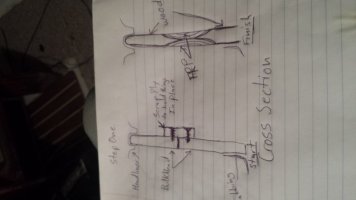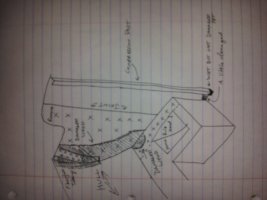Cockpit area soft spot- 6"x6" Area of Delmanition and cracked
The surveyor mentioned that, and I noticed that when I looked at it. It needs new coring and to be re-fiberglassed again. I think that will be the first exterior repair I do. I think "Tenders" has a good post about replacing the entire cockpit floor, I may just do the area that's buggered up though at first. I'm not entirely sure if it affects the tiller head, but when I re-core it, I'll beef it up as necessary.
BTW, the fuel tank leaked as soon as I put gas in it. Replaced it before the survey with a 12 gal plastic Moeller. I don't plan on any trips down the ICW, so a smaller fuel tank is fine with me.
-Dean
Oh yeah... and don't forget the other rotted bulkhead. May as well knock em all out at the same time.
How bad is the damage at the rudder post?
I nearly put my foot through the cockpit at the tiller handle head.
The surveyor mentioned that, and I noticed that when I looked at it. It needs new coring and to be re-fiberglassed again. I think that will be the first exterior repair I do. I think "Tenders" has a good post about replacing the entire cockpit floor, I may just do the area that's buggered up though at first. I'm not entirely sure if it affects the tiller head, but when I re-core it, I'll beef it up as necessary.
BTW, the fuel tank leaked as soon as I put gas in it. Replaced it before the survey with a 12 gal plastic Moeller. I don't plan on any trips down the ICW, so a smaller fuel tank is fine with me.
-Dean

